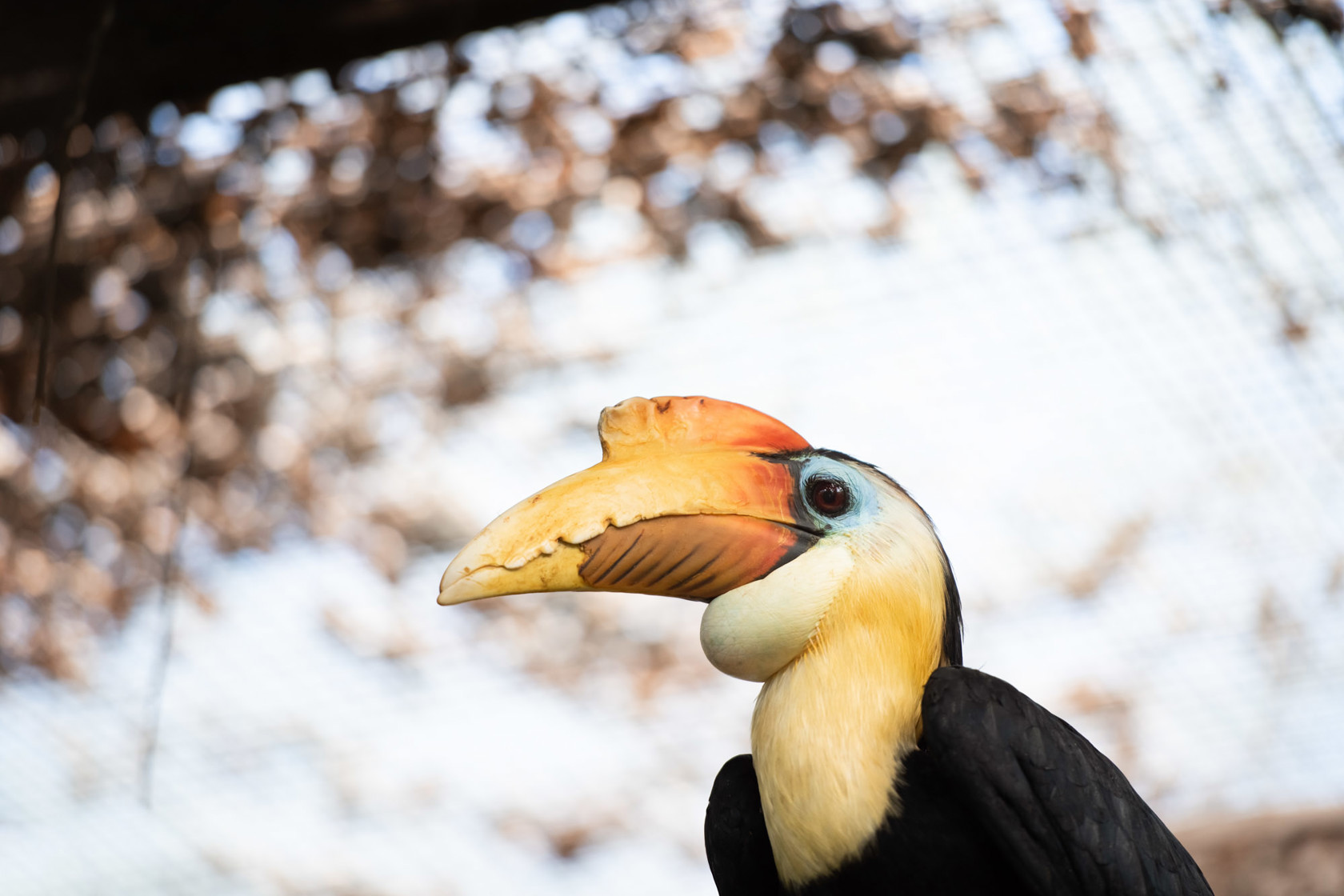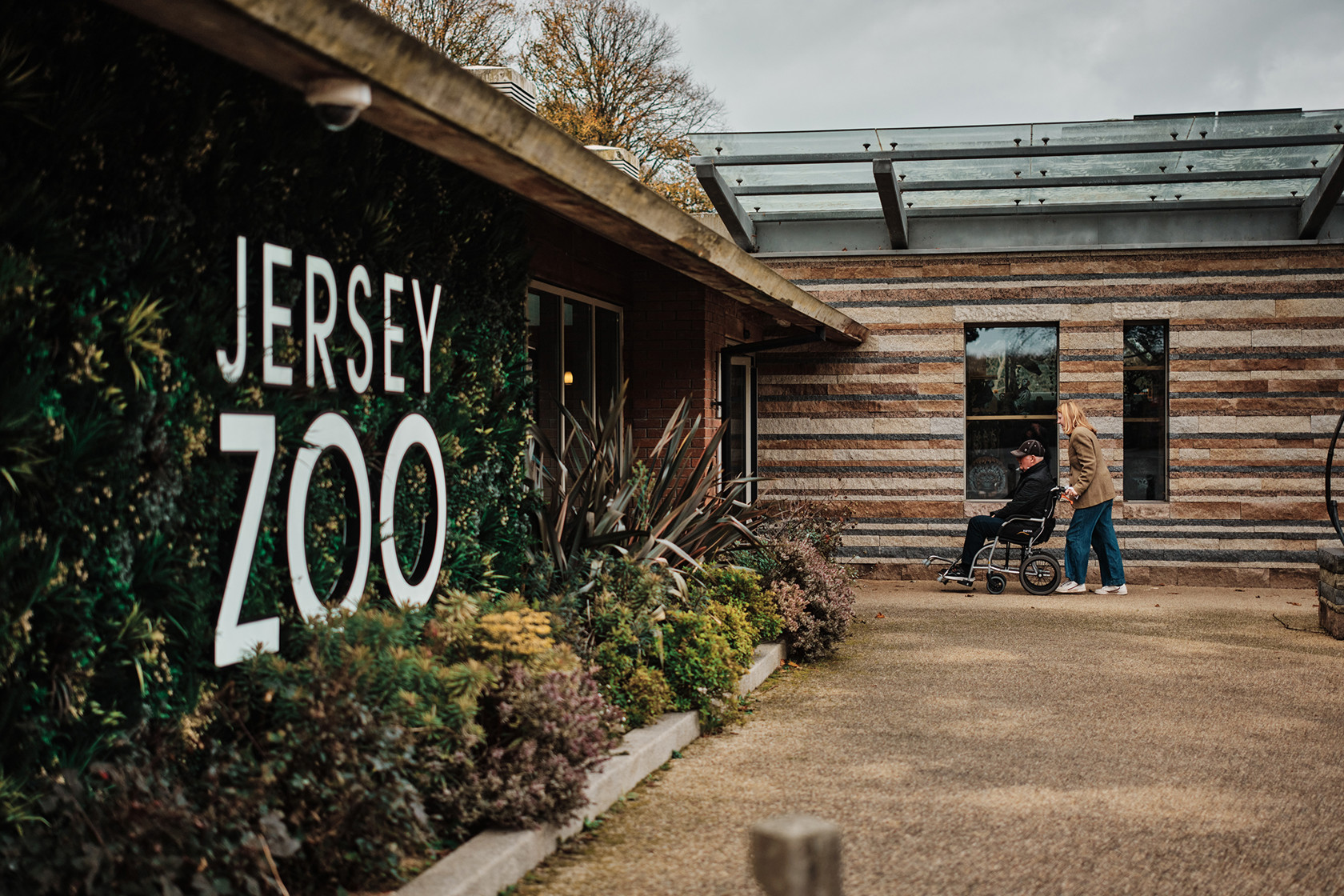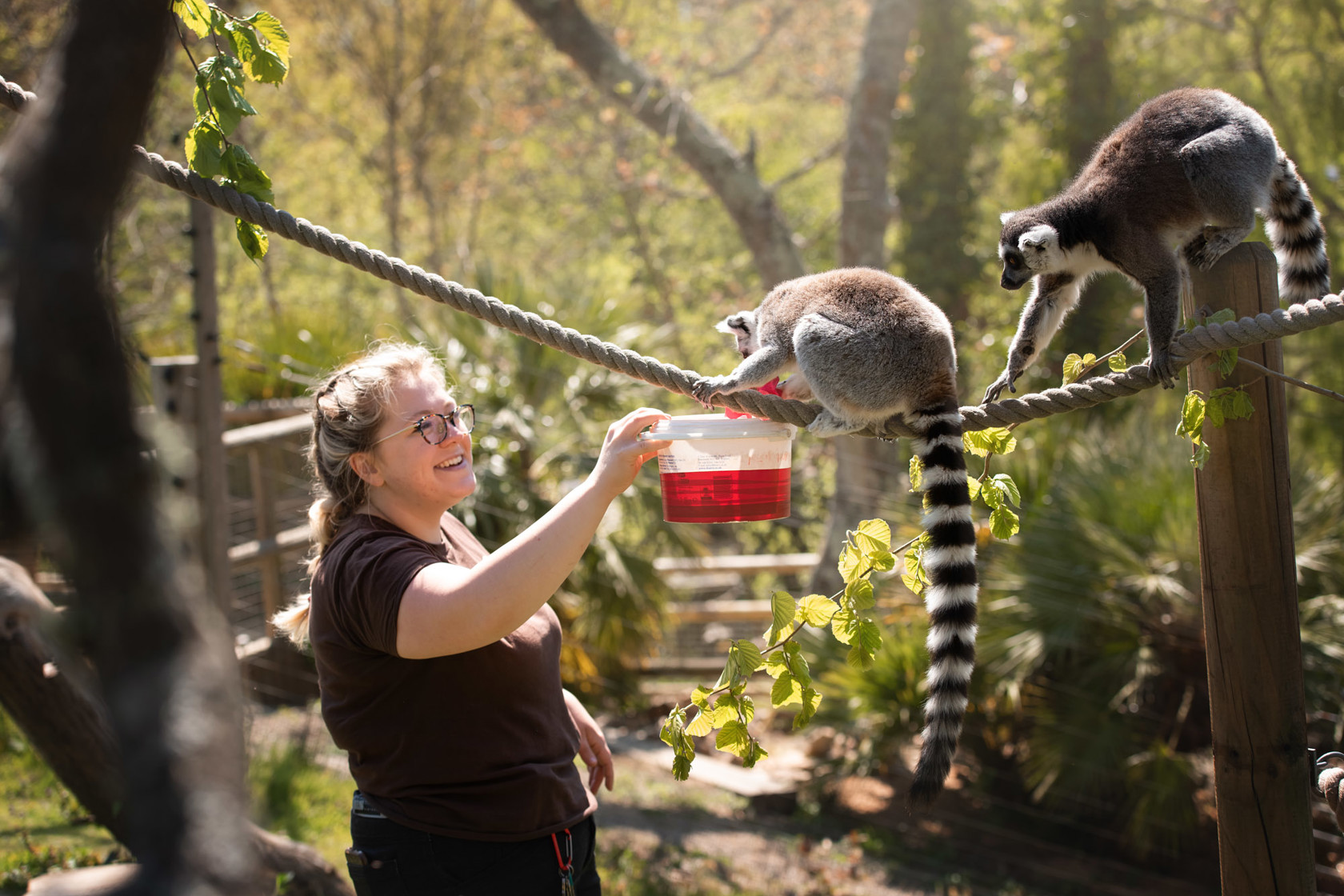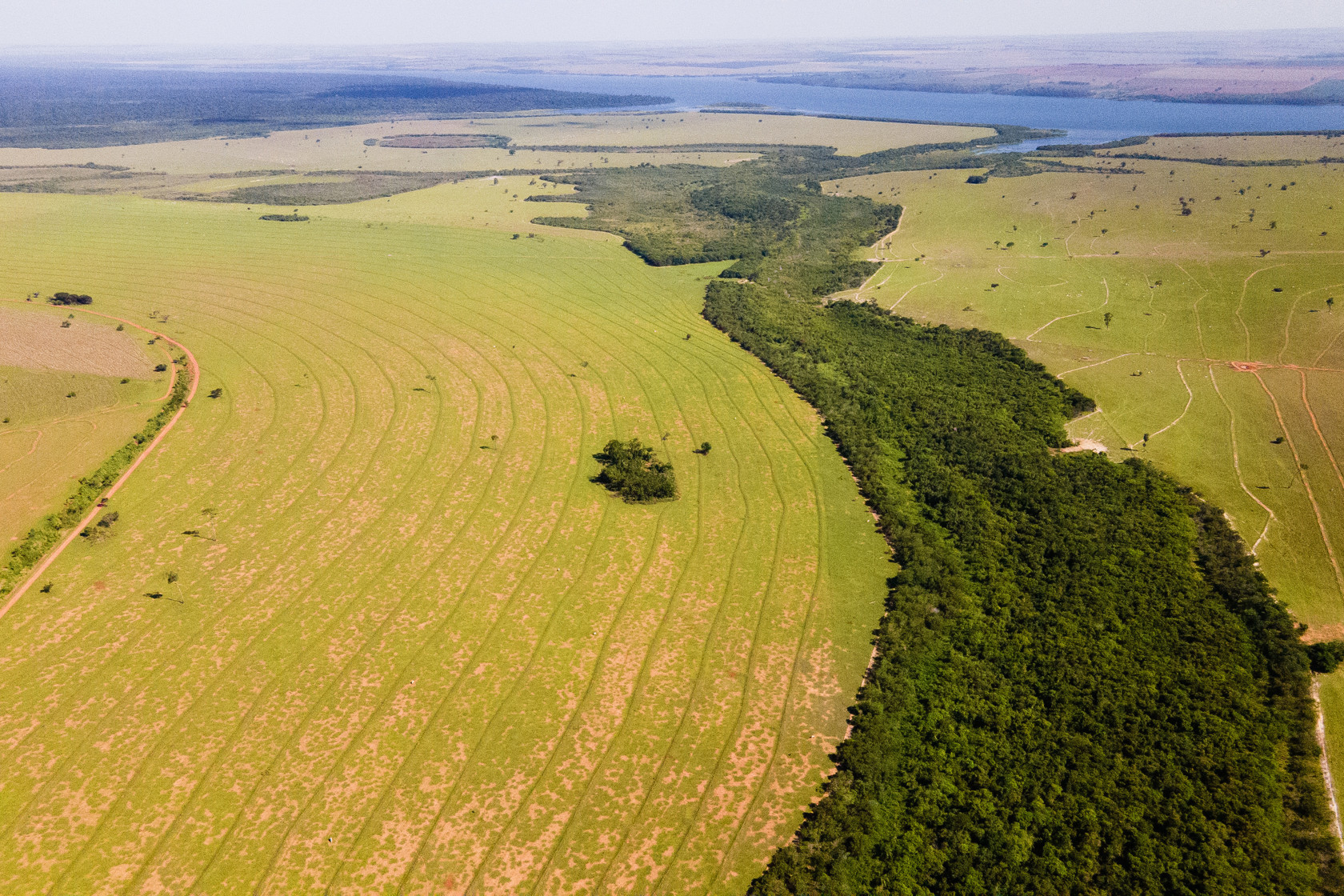The effect of a Scottish summer on estate management
7 July 2025
By Lucy Groves, Field Programme Manager at Dalnacardoch Estate
Scotland’s summer is famously unpredictable. One moment, it’s all golden light and still waters. The next, the weather shifts - rain lashes and winds sweep over the moorland, and any plans you had in place must bend to nature’s will.
At Dalnacardoch Estate, our team knows this well. The warm and sunny days we’ve had throughout May this year may well have been a welcome surprise in some ways, but very challenging in others. Whatever the impact, they are far from the norm. In fact, this constant ebb and flow of the elements is shaping not just how we manage the land, but how we understand and approach conservation at scale.
Dalnacardoch experiences a climate that swings between cold and wind-swept winters and damp, often short-lived summers. These conditions can make estate management challenging, but they also reveal the resilience of nature - and why our work here is so important.
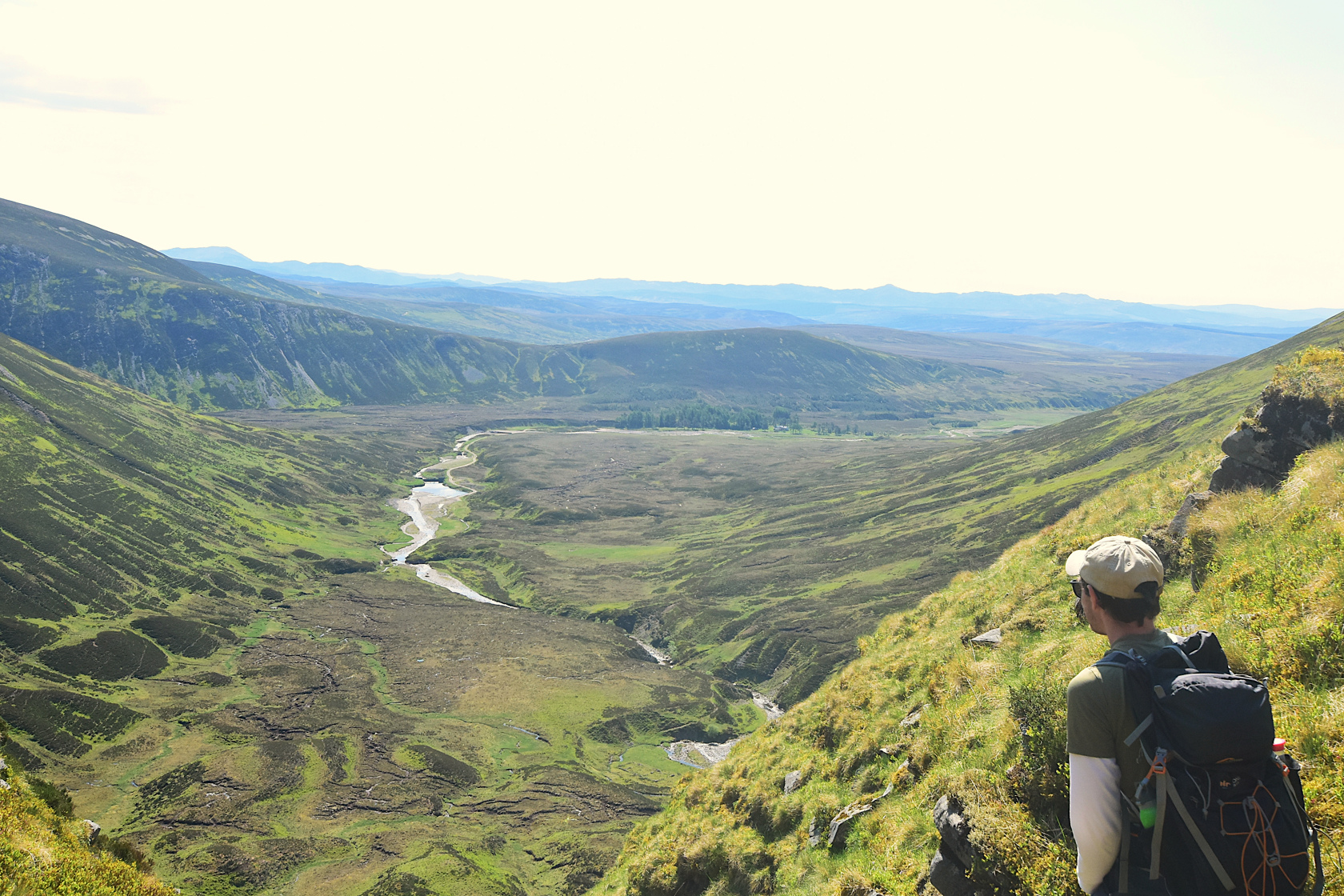
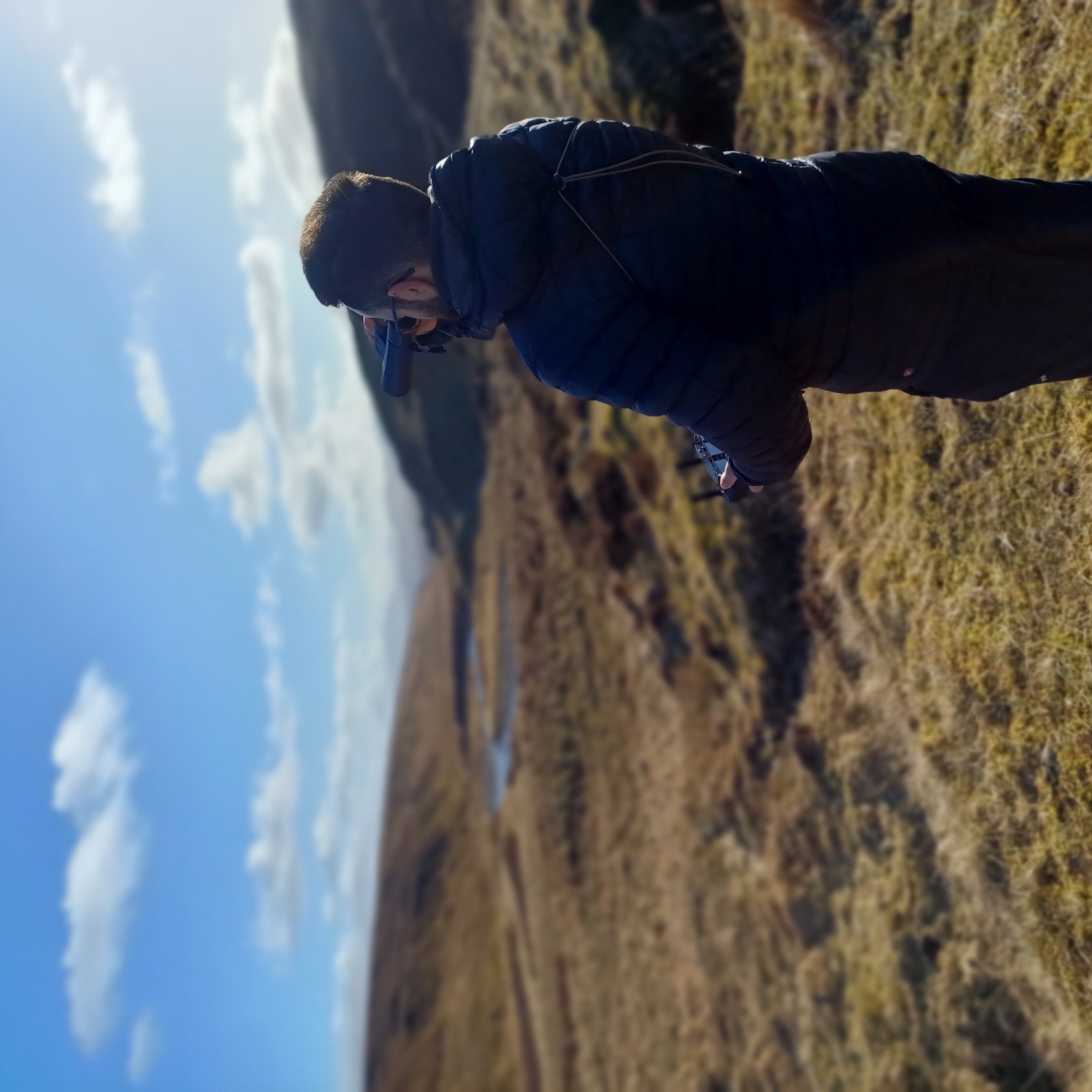
Letting nature lead
Our approach at Dalnacardoch is rooted in giving nature a helping hand, not forcing outcomes. The land teaches us patience. A Scottish summer might delay tree planting, mean undertaking vegetation surveys in the pouring rain or clothed head to toe in midge nets - but it also provides a real-world testing ground for resilient, adaptive land management, even in a place where summer is more of a suggestion than a season.
I’ve worked firsthand on a number of our UK projects, but as this is our first venture in Scotland, it is essential we understand what makes its climate unique. Our team on the ground at the Estate are experts in managing the work in this climate and take all precautions to withstand the Scottish summer – or sometimes the lack of one!
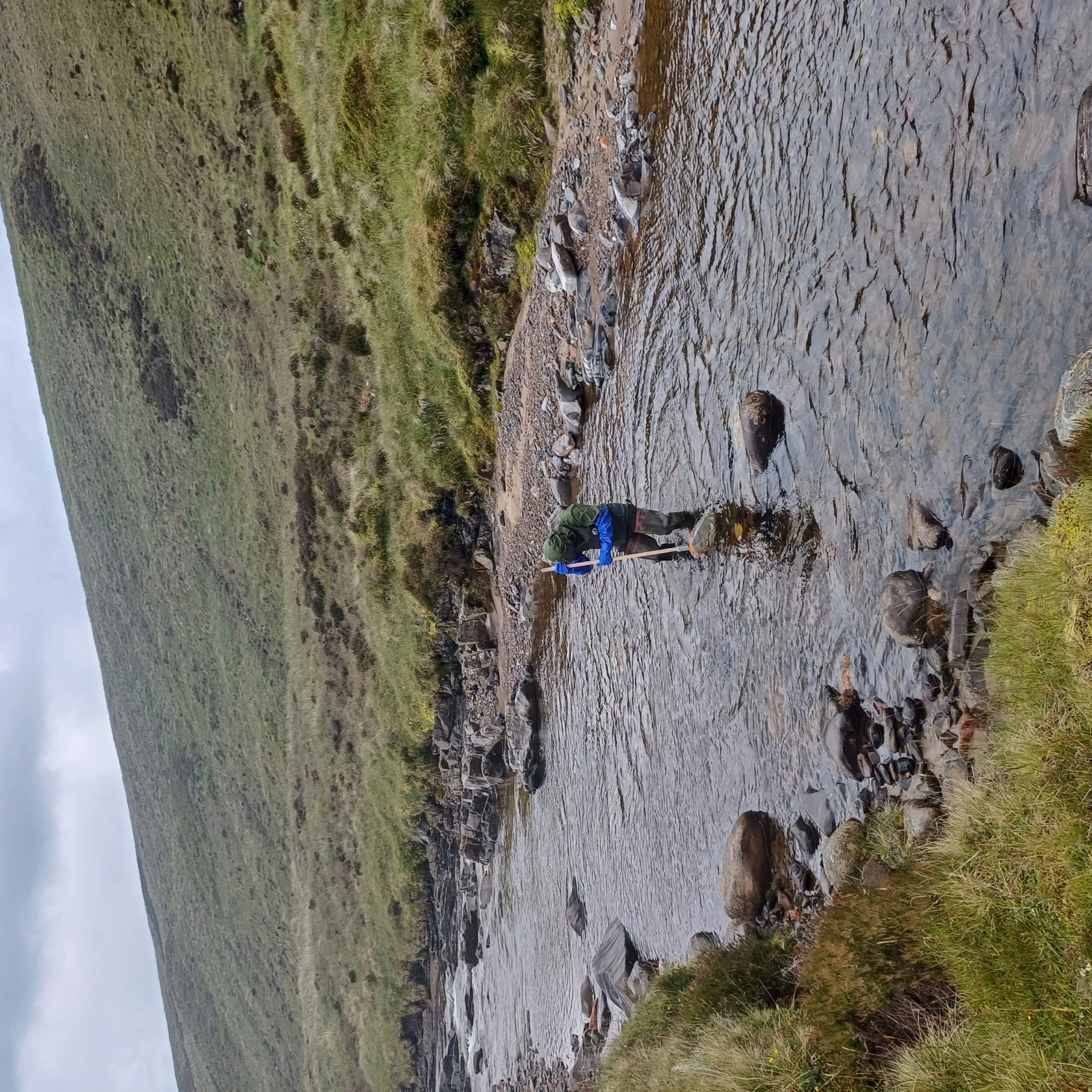
Measuring and Monitoring
From a practical standpoint, a wet summer affects everything from deer movements to the accessibility of peatland for restoration, whereas drought and high temperatures impact river health and puts young or planted trees at risk. Our baseline work this year has shown just how essential it is to monitor everything closely and to remain flexible in our planning.
The project began in 2023, so it’s early days and we’re learning all the time. To support our restoration plans, we have started a range of wildlife surveys, including setting up scores of fixed-point camera locations across the estate, along with a weather station, to capture changes over the next 100 years. These records will become a diary of the land’s transformation - and a way to show how, even in an unpredictable Scottish summer, change is possible.
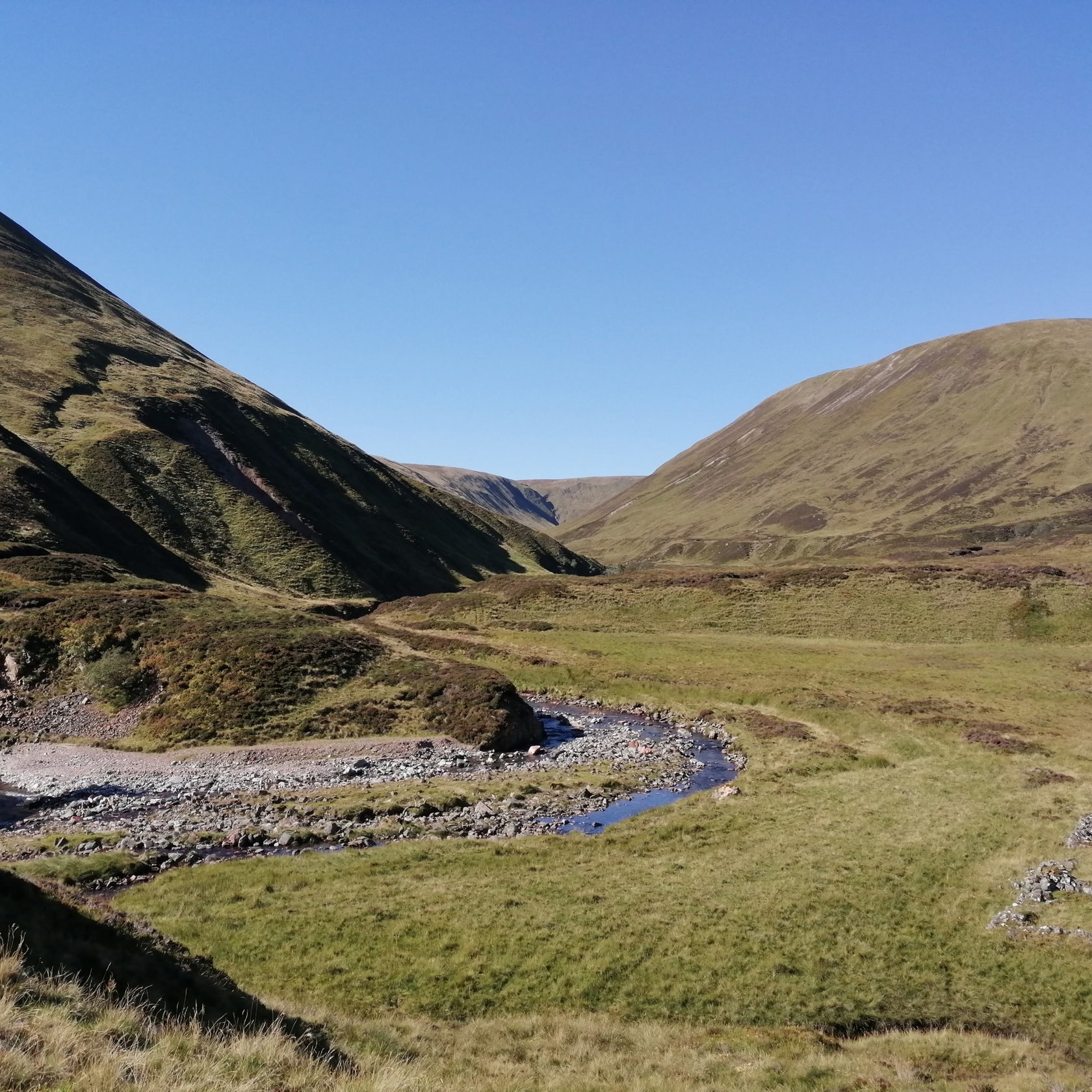
In it for the long haul
Dalnacardoch is a 100-year project. That’s 100 summers, each one different. And while the weather might shape our weeks, our vision remains constant: to breathe life back into this upland landscape, to see peatlands storing carbon again, to help native woodland return, revive river systems, and to restore habitats where wildlife can thrive.
Climate change is gradually shifting the delicate balance. Dry springs and warmer, wetter summers can lead to changes in flowering times, insect emergence and breeding patterns. Species that have finely tuned their life cycles to this traditional rhythm now face mismatched seasons. Our long-term monitoring allows us to track these changes as we restore healthy resilient ecosystems where hen harriers, wood ants, red squirrels and countless other creatures can flourish again.
Scotland’s summers might test our endurance, but they also strengthen our resolve. Each soggy boot, or parched burn (Scottish for stream) or delayed plan is a reminder that nature operates on its own timeline - and that real restoration means listening, adapting and showing up again tomorrow.

